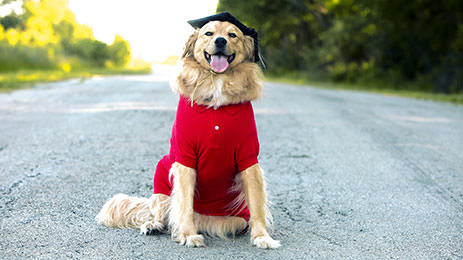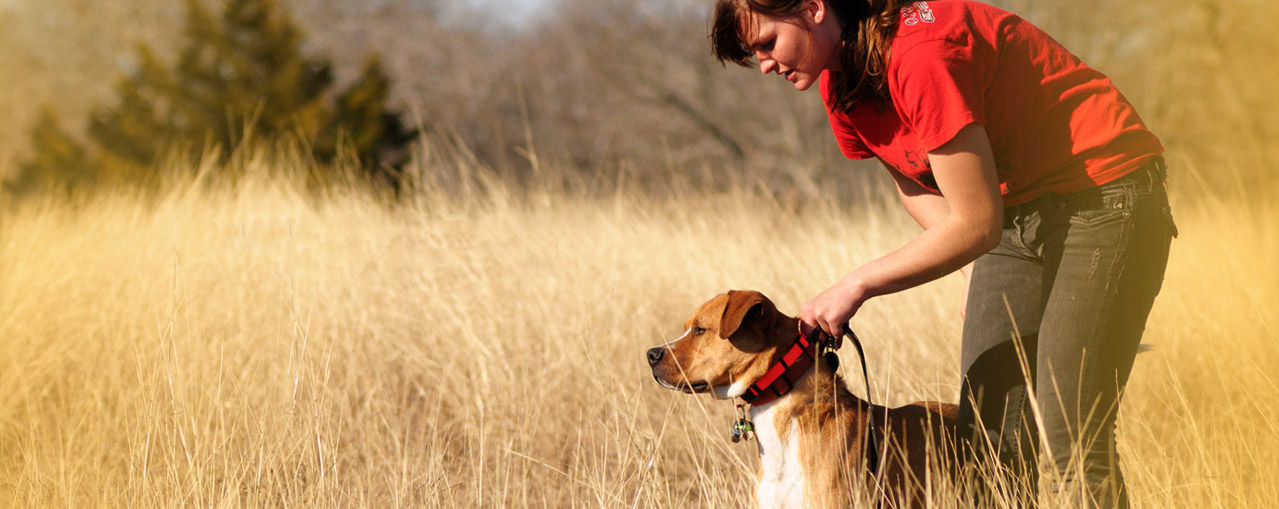Enjoyable Tasks to Enhance Your Dog Training Experience
Necessary Tips for Successful Dog Training: A Guide for Family Pet Owners
Effective canine training is a diverse process that needs a critical approach customized to both the pet's temperament and the proprietor's objectives. Key components such as establishing consistent commands, utilizing favorable reinforcement, and facilitating very early socialization play crucial roles in promoting a well-adjusted canine friend. Numerous pet owners experience difficulties that can hinder progress, leading to stress and unpredictability. Recognizing just how to navigate these obstacles can significantly boost the training experience, inevitably transforming the relationship in between owner and pet dog. What are the vital methods that can be used to ensure success in this venture?
Understanding Dog Actions
Recognizing pet dog behavior is essential for reliable training and fostering an unified connection in between canines and their proprietors. Dogs interact primarily with body movement, vocalizations, and activities, making it important for owners to interpret these signals precisely. Acknowledging a canine's stance, tail placement, and ear orientation can give insights into its psychological state. A wagging tail does not constantly show happiness; it can also signify exhilaration or anxiety.

Socialization plays a significant function in pet behavior; exposure to various atmospheres, people, and other pets can significantly influence a dog's temperament. Additionally, elements such as breed characteristics and individual temperament should guide training approaches, as some types may have particular behavioral characteristics that necessitate customized techniques. By recognizing these aspects, owners can develop a helpful setting that motivates positive habits, resulting in effective training outcomes and a much deeper bond with their animals.
Developing Constant Commands
Effective communication with your pet begins with developing consistent commands. This fundamental element of training is vital for promoting understanding in between you and your animal. Uniformity in the commands you use makes sure that your canine can accurately associate certain words or expressions with the preferred habits.
When selecting commands, select clear, distinctive words that are easy to distinguish and say from one an additional. Avoid utilizing similar-sounding commands that might puzzle your pet dog. Making use of "rest" and "stay" is suitable, but "sit" and "struck" can lead to misunderstandings.
Additionally, preserve the exact same tone and volume for each and every command. Canines are sensitive to vocal cues, so varying your tone can develop complication.
It is equally important to guarantee that all member of the family get on the exact same web page concerning the commands used. A united front in command use will certainly avoid mixed signals and strengthen the discovering process.
Favorable Support Techniques
The power of positive reinforcement in dog training lies in its capability to motivate wanted actions through benefits and praise. This method is grounded in the concept that habits complied with by desirable results are much more most likely to be repeated. By incorporating positive reinforcement into your training routine, you can successfully shape your pet dog's habits in a positive way.
To implement positive support, it's important to recognize what motivates your pet dog, whether it be treats, toys, or spoken praise. When your pet carries out a wanted action, such as remaining on command, right away reward them with a reward or love. This organization in between the command and the favorable outcome enhances their understanding.
It's important to timing the benefits appropriately; providing the reinforcement within seconds of the wanted actions helps your pet make the connection (dog training). Additionally, consistency is key-- ensure that all household participants make use of the very same commands and benefit systems to stay clear of complication

Slowly, you can reduce the frequency of treats as your dog learns the habits, transitioning to commend or recurring rewards. This method not only fosters a solid bond in between you and your pet dog but also promotes a positive understanding atmosphere, making educating a pleasurable experience for both.
Socialization and Interaction
Constantly exposing your dog to a variety of settings, individuals, and other pets is crucial for their social development. Socializing needs to begin early, preferably throughout the critical home window of 3 to 14 weeks, when young puppies are most responsive to new experiences. Older canines can also profit from continuous socializing efforts.
Present your canine to various settings, such as parks, pet-friendly shops, and metropolitan locations. This direct exposure assists them adapt to various stimulations, decreasing stress and anxiety and fear reactions. Motivate favorable interactions with other dogs and people, making sure that these experiences are controlled and safe to foster confidence.
Make use of organized playdates with genteel canines, as this can enhance your pet Related Site dog's social abilities and show them more info here appropriate actions. Obedience classes and training sessions additionally offer excellent possibilities for socialization, allowing your pet dog to interact with others in a monitored atmosphere.
Display your pet's body movement during communications, as this will aid you assess their comfort degree. Slowly enhance exposure to even more difficult situations while making certain that each experience declares. A well-socialized dog is most likely to exhibit balanced actions, making them a delight to have in any setup.
Dealing With Usual Training Challenges
Every pet dog proprietor will run into training challenges eventually, despite their dog's age or socialization degree. Determining usual issues such as stubbornness, interruptions, and terror can help in establishing reliable strategies for improvement.

Diversions throughout training sessions can derail focus. To fight this, begin training in a peaceful environment with marginal stimulations. Progressively introduce diversions as the pet becomes more skilled in commands. Short, regular training sessions are additionally effective in maintaining attention.
Fearfulness can hinder a dog's learning procedure. Steady desensitization to the source of worry, coupled with favorable support, can help reduce anxiety. Perseverance is essential; never force a dog right into a circumstance that causes distress, as this might intensify the issue.
Inevitably, understanding and resolving these typical challenges with an organized method will certainly promote a more effective training experience, strengthening the bond check my source in between pet dog and owner while advertising efficient understanding.
Conclusion
In summary, effective dog training counts on a detailed understanding of canine behavior, the facility of consistent commands, and the application of positive support techniques. Socializing plays a vital function in creating well-adjusted animals, while addressing typical training obstacles needs perseverance and adaptability. By executing these crucial methods, pet owners can promote a solid bond with their canines and advertise preferable behaviors, eventually leading to a harmonious partnership between people and their canine friends.
Understanding pet habits is crucial for effective training and promoting an unified partnership in between canines and their owners.Socializing plays a substantial duty in dog habits; direct exposure to various atmospheres, individuals, and other animals can substantially affect a pet's personality.The power of positive reinforcement in canine training lies in its capacity to motivate wanted habits with incentives and appreciation. By including favorable support into your training program, you can properly form your pet's behavior in a constructive way.
In recap, effective pet training counts on a comprehensive understanding of canine behavior, the facility of regular commands, and the application of positive support strategies.